In my experience, working with youth programs and understanding what programmatic features work and don’t work is critical to your organization’s success. The only surefire way to accomplish it is through program evaluation. Performing a program evaluation is not just collecting numbers and other miscellaneous information, it’s about planning and intention. Nor is it a pass/ fail test. Program evaluation is a data-driven way of checking your program’s impact, and identifying which features need to be modified or eliminated to better achieve your mission.
Program Evaluations:
- help discover whether you carried out the activities you originally planned
- assist in determining if you’ve reached your target audiences
- determine if your participants have changed their attitudes and or behaviors
- assist in increasing knowledge of the participant based on program elements
- and finally, it addresses the problem you sought to correct listed in your Logic Model
Is It Working?
Program evaluation provides invaluable information to help determine whether changes to your program are needed. Evaluations generally are conducted for two main reasons:
- to review what you’re doing in implementing your program (process evaluation)
- to identify and measure the program’s results (outcome evaluation).
I had the opportunity to serve in a community builder role, and we used numerous types of measuring tools, including interviewing participants, key leaders in the community, volunteers, and even our own program staff. We used different tolls as well. One tool, the “Clicker” Response Cards, utilizes technology to get instant feedback and dialogue from participants. I once worked with a group of seniors who obliged me by participating in a focus group. They used the “Clickers” and loved the experience.

Evaluating Program Effectiveness
During my youth program days, my team was responsible for managing all components of the program service delivery including program development, evaluation, grant identification, grant writing, program delivery, and program monitoring. We were attuned with looking at helping young people identify risk and protective factors (Hawkins & Catilano, 1995) related to substance abuse prevention and intervention. Our goal was to integrate and measure the effectiveness of the Five Cs of Positive Youth Development (Heck & Subramaniam, 2009) with our participants. The program worked to instill in at-risk youth core values, which include competence, confidence, connection, caring and character, eventually leading to a sixth C contribution. This concept is well-known, well-researched and uses quantitative methodologies.
I believe it’s essential to remember evaluating program effectiveness is imperative to organizational success. Take the step of committing to performing an evaluation when you start your program. Once you do, it will become part of the routine. If your program is already up and running, find a way to add an evaluation component. Be diligent in coming up with a good, clear set of evaluation questions. Make sure the questions you’re asking are appropriate for your program, and that they’re clearly linked to the program’s strategies and activities.
At Nonprofit Enthusiast, we’re always looking for ways to help you and your organization. For more tips, tricks and resources; be sure to check out our other blogs!





I appreciate that you explained how program assessment offers essential information that may be used to decide whether your program needs to be changed. This will be helpful for my friend who wants to know if her program is effectively helping people that’s why she wants to have a Program Evaluation. I’m grateful for your advice about your article, I’ll keep in mind to share this with her so she can have insight into her dilemma.
Thank you for checking out this article. Glad to hear it will help your friend with her program.